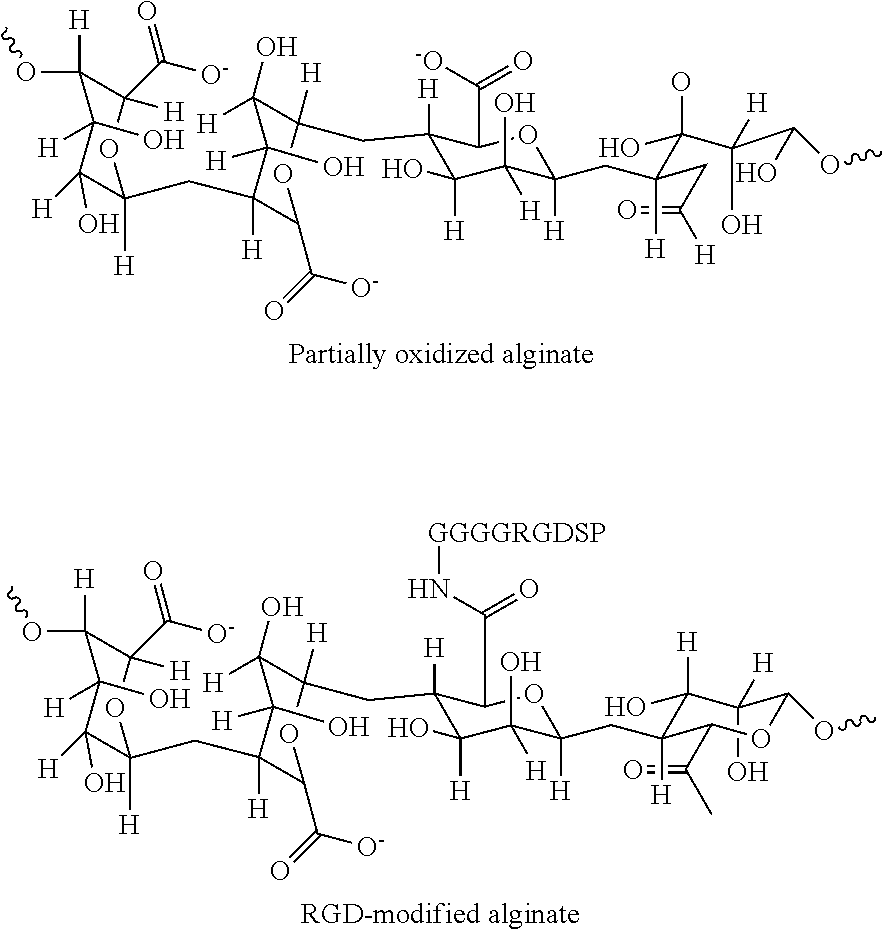Scaffolds for cell collection or elimination
a technology of cells and scaffolds, applied in the field of systemic disease prevention, management, and elimination, can solve the problems of affecting the ability of the host to thrive, affecting the ability of the medicine to treat any condition, and damage to healthy cells, etc., and achieves the effect of demonstrating the effect of selectiveness
- Summary
- Abstract
- Description
- Claims
- Application Information
AI Technical Summary
Benefits of technology
Problems solved by technology
Method used
Image
Examples
example 1
Collection and Removal of Microorganisms to Prevent, Diagnose, or Treat Infectious Disease
Hosts exposed to or infected by invasive microorganisms such as viruses, bacteria, protozoa, fungi, or worms, typically do not present symptoms of infection immediately. By the time the host presents outward signs of an infection, ingested microorganisms have likely matured, multiplied, spread, or inflicted damage upon host tissues. The subject is identified as planning to be located in an environment characterized by the presence of such a pathogen or having recently been located in such an environment. The scaffold composition is administered to the host subject either prior to or following exposure to these microorganisms, wherein the device captures microorganism by filtration or specific adhesion proteins contained within a bioactive composition. When the device is administered very soon after exposure, the device eliminates microorganisms, and prevents the spread of infection. Alternative...
example 2
Capture and Collection of Circulating Mammalian Cells to Diagnose Disease
The device is also used to diagnose disease caused by mammalian or eukaryotic cells, whereby it is administered into a host and collected. Following collection, the device is manipulated to yield its contents in order to allow for the identification of undesirable mammalian cells that circulate within the host, such as cancer cells undergoing metastasis from their primary tumor location, leukemia, lymphoma, sickle-shaped blood cells, or immune cells contributing to inflammation. Often a subject can be afflicted with primary cancer tumors affecting multiple organs all of which could metastasize and travel through the blood stream, lymphatic fluid, or cerebral spinal fluid (CSF). To quickly diagnose which tumor is contributing to the metastasis, and to avoid the unnecessary risk of surgery or multiple biopsies, the device is used to collect these cells for identification based either on molecular expression profi...
example 3
Elimination of Neoplasms by Implantation of a Biodegradable Device
To counteract the growth of either malignant or benign neoplasms, which could become malignant, the device is implanted either by subcutaneous or intraperitoneal injection, or by surgical implantation, at the site of abnormally rapid cell replication. Once in place, the scaffold composition adheres to adjacent tissue and a bioactive composition that is either tethered to the scaffold or allowed to disseminate from the scaffold at close range, induces death of the rapidly dividing cell population. In this case, the scaffold degrades over time and does not require collection. A significant advantage of using the scaffold composition to reduce neoplastic growth, is that devices located around the tumor borders capture cells that attempt to escape from the tumor, thus, preventing them from spreading outside of their local niche.
PUM
| Property | Measurement | Unit |
|---|---|---|
| Diameter | aaaaa | aaaaa |
| Pore size | aaaaa | aaaaa |
| Composition | aaaaa | aaaaa |
Abstract
Description
Claims
Application Information
 Login to View More
Login to View More - R&D
- Intellectual Property
- Life Sciences
- Materials
- Tech Scout
- Unparalleled Data Quality
- Higher Quality Content
- 60% Fewer Hallucinations
Browse by: Latest US Patents, China's latest patents, Technical Efficacy Thesaurus, Application Domain, Technology Topic, Popular Technical Reports.
© 2025 PatSnap. All rights reserved.Legal|Privacy policy|Modern Slavery Act Transparency Statement|Sitemap|About US| Contact US: help@patsnap.com

